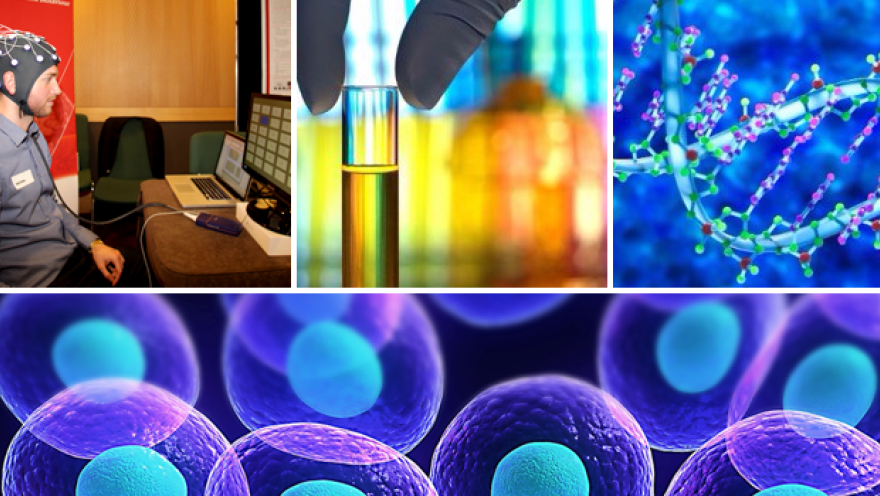By Jill Yersak, Ph.D.
It’s been three years since the viral fundraising phenomenon known as the ALS Ice Bucket Challenge, which allowed us to dedicate millions of dollars to our global TREAT ALS™ research program.
Because research takes time, we are now starting to see results of our investments. This is a very exciting time in ALS research!
Thanks to your support, highlighted below are a few recent research and technological breakthroughs:
- There has been a huge increase in genetic discoveries in the last few years by global collaborative initiatives funded by The ALS Association. Most notably, Project MinE discovered 2 novel ALS genes – NEK1 and C21orf2
- Significant advances in induced pluripotent stem cells (iPSCs) derived from people living with ALS allow scientists to no longer depend heavily on traditional embryonic stem cells. Researchers are venturing out to explore the endless possibilities of iPSCs in drug discovery platforms and clinical trials
- There has also been a surge in assistive technology advances aimed at improving communication for people with ALS that was highlighted by the Assistive Technology Challenge held last December in partnership with Prize4Life
Right now, one of the most exciting avenues of ALS research is…
Antisense Therapy
This is a type of RNA therapy that specifically prevents a malfunctioning protein from being made in the first place – thereby preventing toxicity in motor neurons (the cells that die in ALS).
The ALS Association took a risk funding antisense therapy back in 2004 with a $1.5 million investment. At that point scientists did not know if this method would work. Since then, this field has exploded!
Antisense therapy is underway for the two most common genetic causes of ALS – C9orf72 and SOD1. Antisense compounds targeting SOD1 is currently in a phase I/II trial at sites across the U.S. Headway is also being made on starting the C9orf72 antisense trial in the near future.
In December 2016, the first antisense therapy to treat any disease, SpinrazaTM, was approved for a devastating genetic childhood disorder, spinal muscle atrophy (SMA). This exciting news gives us hope that this same antisense technology platform can be successfully applied to ALS.
Every innovation leads us closer to effective treatments and ultimately a cure.
Our work is not done. Researchers are so close to major ALS scientific breakthroughs and therapies. They want and need to do more to finish what they started! Together, we can help get them there. Please consider making a generous donation today and help provide hope to those living with ALS and their families.


Join the conversation. Please comment below.